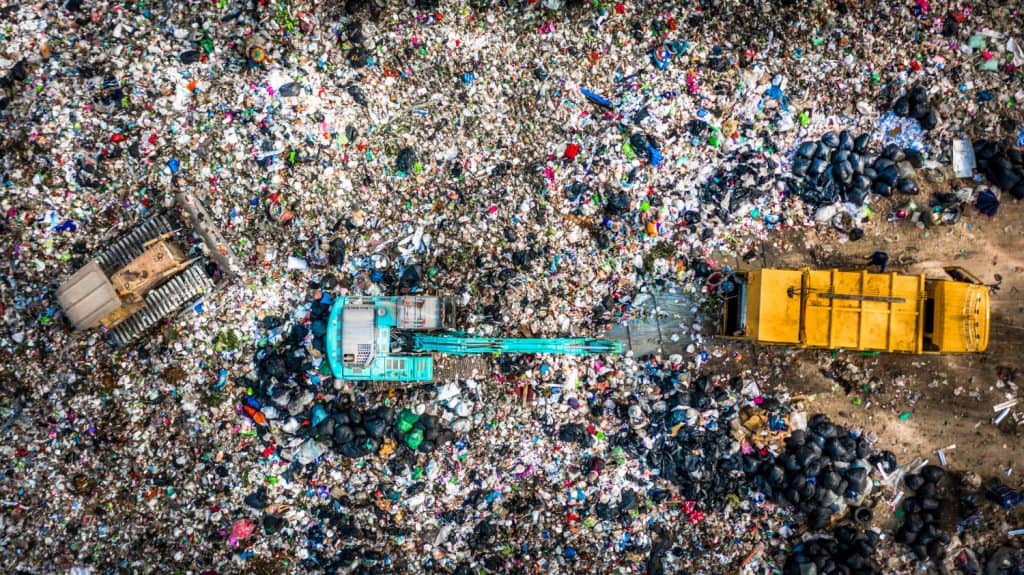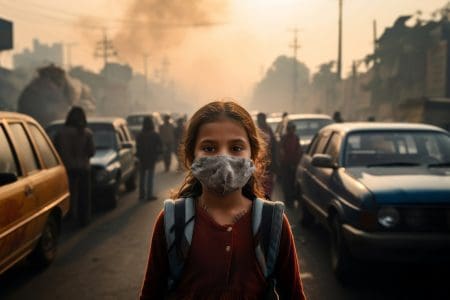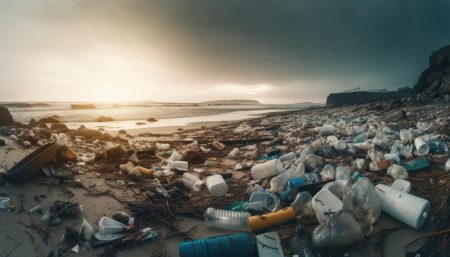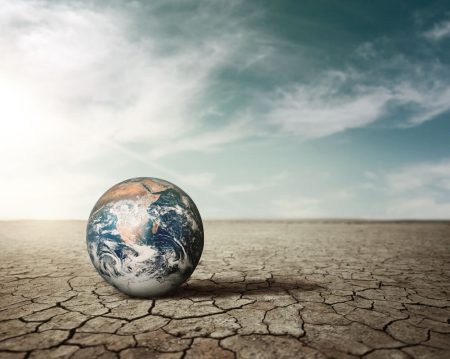
In the ongoing battle against environmental degradation, carbon emissions have rightfully taken centre stage. However, as we delve deeper into sustainable practices, it’s crucial to broaden our perspective beyond carbon and address emerging pollutants that pose a threat to our ecosystems in 2023.
This article explores the latest concerns, shedding light on pollutants that demand our attention for a healthier planet.
Microplastics Menace
Microplastics, tiny plastic particles measuring less than 5mm, have permeated our oceans, soils, and even the air we breathe. Derived from the breakdown of larger plastic items or microbeads in personal care products, these minuscule pollutants pose a substantial threat to marine life and can find their way into our food chain. Understanding and mitigating the impact of microplastics demand urgent attention in 2023.
Pharmaceutical Pollution
The improper disposal of pharmaceuticals has led to the contamination of water bodies, impacting aquatic ecosystems and potentially affecting human health. With an increasing reliance on medications, it’s crucial to develop sustainable methods for the disposal of unused drugs and raise awareness about the environmental consequences of pharmaceutical pollution.
Pesticide Predicament
While pesticides play a vital role in ensuring global food security, their overuse and improper application contribute to soil degradation and water contamination. As we navigate the challenges of modern agriculture, finding a balance between pest control and environmental sustainability becomes paramount in 2023.
Electronic Waste Woes
In our tech-driven world, electronic waste (e-waste) has become a pressing concern. Discarded electronic devices contain hazardous materials like lead, mercury, and cadmium, which can leach into the soil and water. Addressing the growing issue of e-waste involves promoting responsible disposal, recycling initiatives, and sustainable electronics manufacturing practices.
Noise Pollution Nuances
Beyond visible pollutants, noise pollution is increasingly recognized as a threat to both wildlife and human well-being. The constant hum of urban life, coupled with industrial noise, disrupts ecosystems and has adverse effects on mental and physical health. Implementing strategies to mitigate noise pollution is essential for fostering healthier living environments.
Airborne Toxins Tango
While carbon emissions often dominate discussions on air pollution, emerging airborne toxins present a new dimension to the problem. Industrial processes, vehicle emissions, and improper waste incineration release harmful substances into the air, contributing to respiratory diseases and environmental degradation. In 2023, addressing airborne toxins should be a priority for policymakers and industries alike.
Soil Contamination Chronicles
The health of our soil is integral to sustainable agriculture and a thriving ecosystem. Unfortunately, the excessive use of fertilizers, pesticides, and industrial activities has led to soil contamination with heavy metals and harmful chemicals. Understanding the long-term consequences of soil pollution is crucial for maintaining food security and preserving biodiversity.
Solutions for Emerging Pollutant
Addressing the challenges posed by emerging pollutants demands a multifaceted and collaborative approach involving individuals, communities, industries, and policymakers. Here are comprehensive solutions to tackle various pollutants:
Reducing Microplastic Impact
Governments and businesses should enforce policies to decrease the production and use of single-use plastics, promoting eco-friendly alternatives. Additionally, improving waste management systems can prevent the improper disposal of plastics, reducing the likelihood of microplastic contamination.
Mitigating Pharmaceutical Residue
Establishing and promoting drug take-back programs can encourage individuals to dispose of unused or expired medications properly, preventing pharmaceutical residues from entering water systems. Simultaneously, investing in research for more environmentally friendly pharmaceuticals and treatment methods can mitigate the impact of drug pollution.
Sustainable Pest Management
Advocating for IPM practices, which involve a combination of biological control, crop rotation, and targeted pesticide use, can reduce the overall dependence on chemical pesticides. Providing farmers with education and resources on sustainable agricultural practices is crucial for informed decisions balancing crop protection with environmental conservation.
Responsible E-Waste Management
Governments and industries should promote and invest in e-waste recycling programs to ensure responsible disposal and the recovery of valuable materials from electronic devices. Additionally, encouraging manufacturers to design electronics with recyclability in mind can contribute to the reduction of hazardous materials in electronic waste.
Balancing Urban Noise
Implementing thoughtful urban planning that prioritizes green spaces and noise-buffering infrastructure can help mitigate the impact of noise pollution in urban areas. Furthermore, raising awareness about the harmful effects of noise pollution and promoting responsible behaviour, such as limiting noise levels in residential areas, can contribute to a quieter and healthier environment.
Transitioning to Clean Air
Governments and industries should expedite the transition to clean energy sources to reduce emissions from fossil fuels, contributing to improved air quality. Simultaneously, implementing and enforcing strict emission standards for industries and vehicles can significantly reduce the release of harmful airborne toxins into the atmosphere.
Fostering Soil Health
Encouraging regenerative agriculture practices, such as cover cropping and organic farming, can promote soil health and reduce the need for chemical inputs. Investing in and implementing soil remediation technologies can help restore contaminated soil, ensuring its long-term fertility and minimizing the impact on ecosystems.
Conclusion
As we navigate the complexities of environmental sustainability, addressing emerging pollutants beyond carbon is paramount in 2023. Microplastics, pharmaceutical residues, pesticides, electronic waste, noise pollution, airborne toxins, and soil contamination are among the key concerns demanding our attention. By understanding the impact of these pollutants and championing sustainable practices, we can collectively strive towards a cleaner, healthier planet. Let us embark on this journey beyond carbon, embracing a comprehensive approach to safeguarding the Earth for generations to come.



